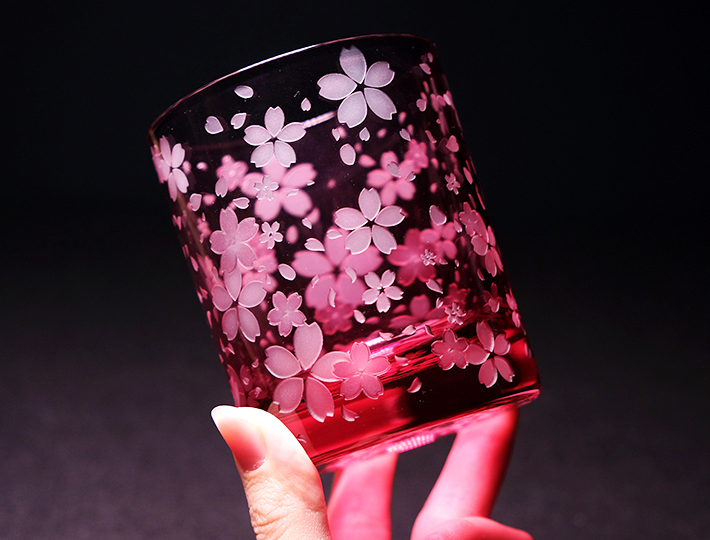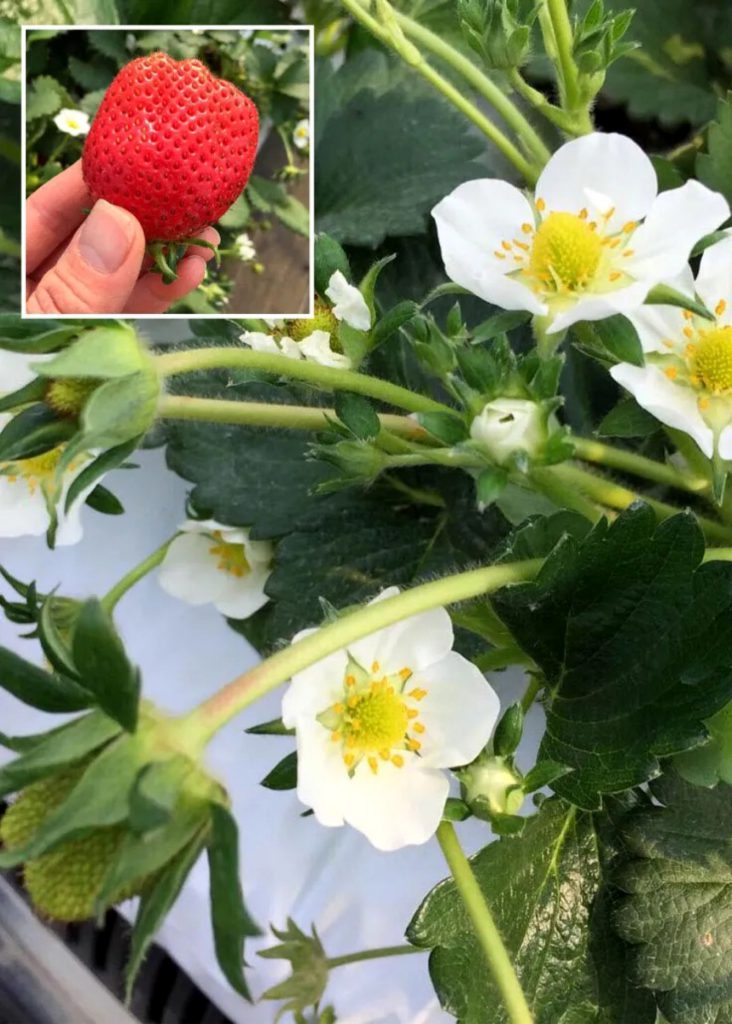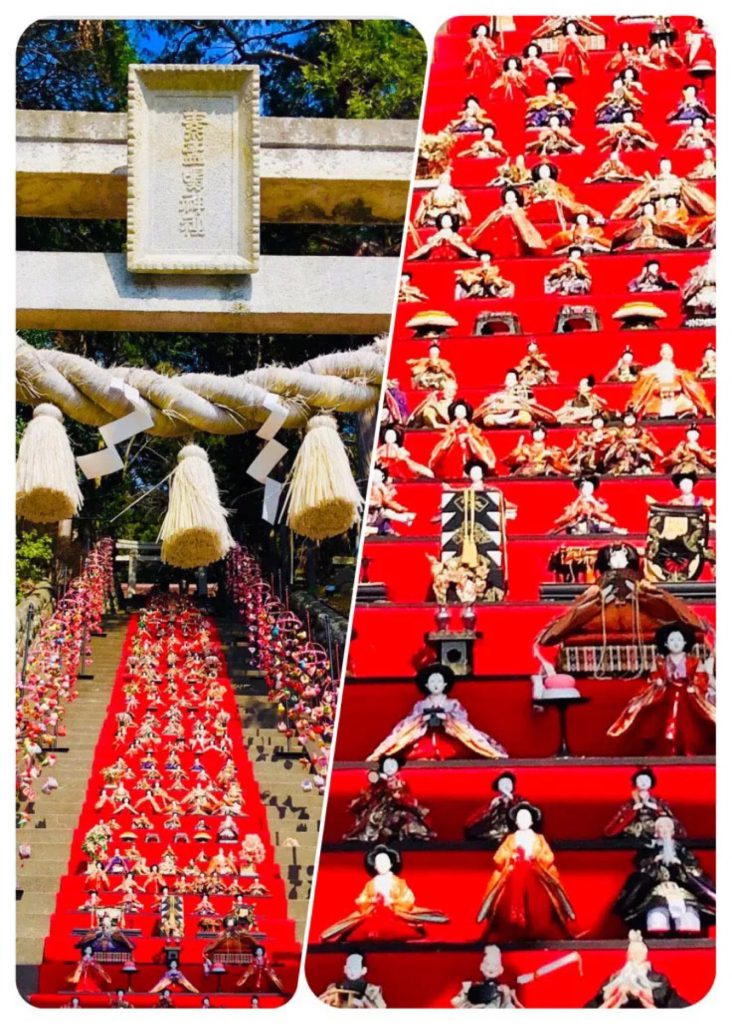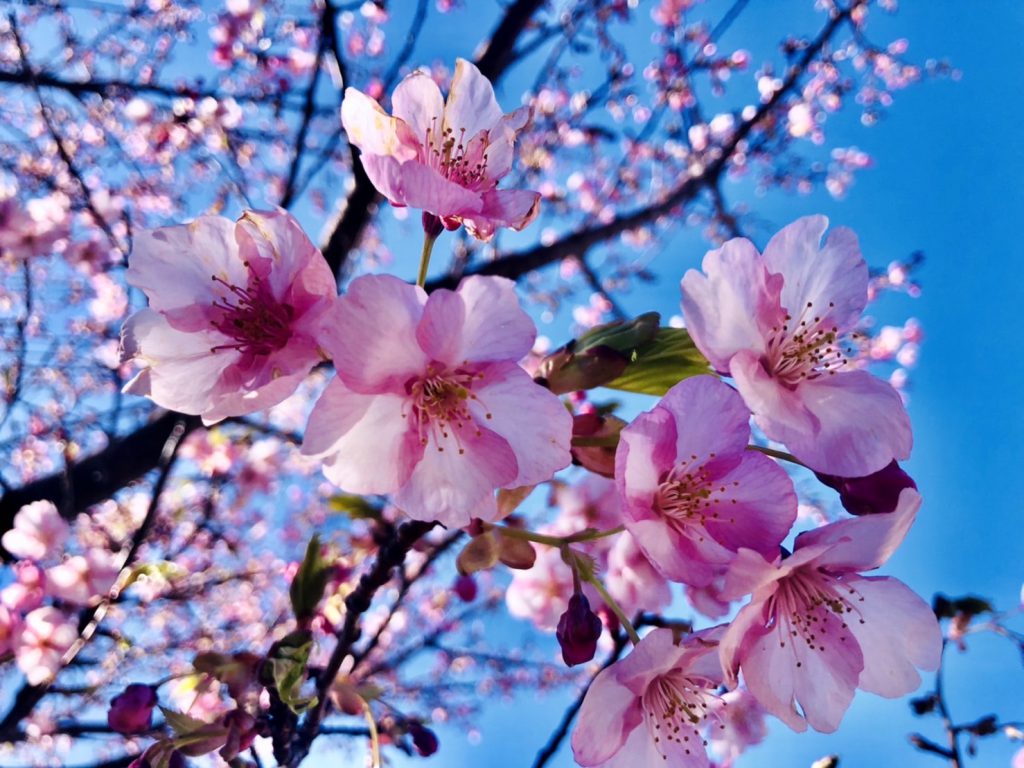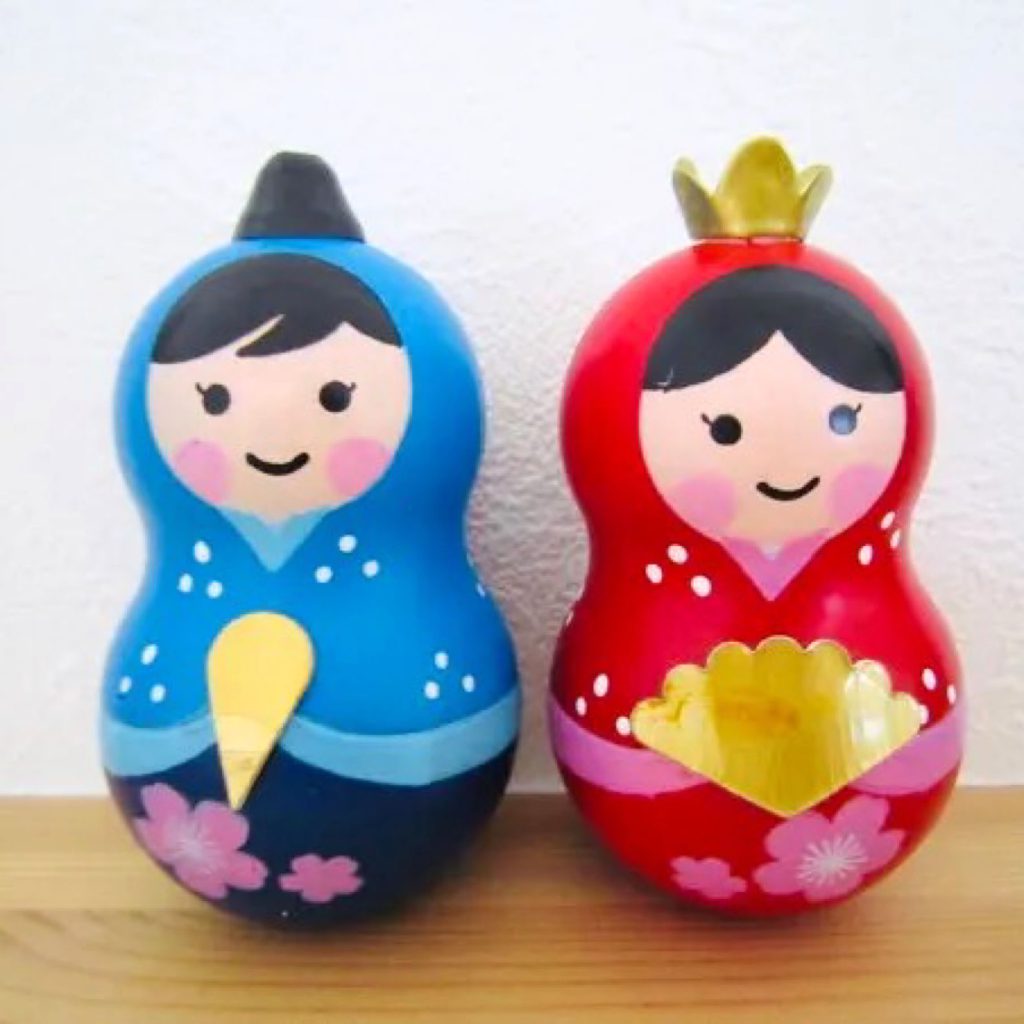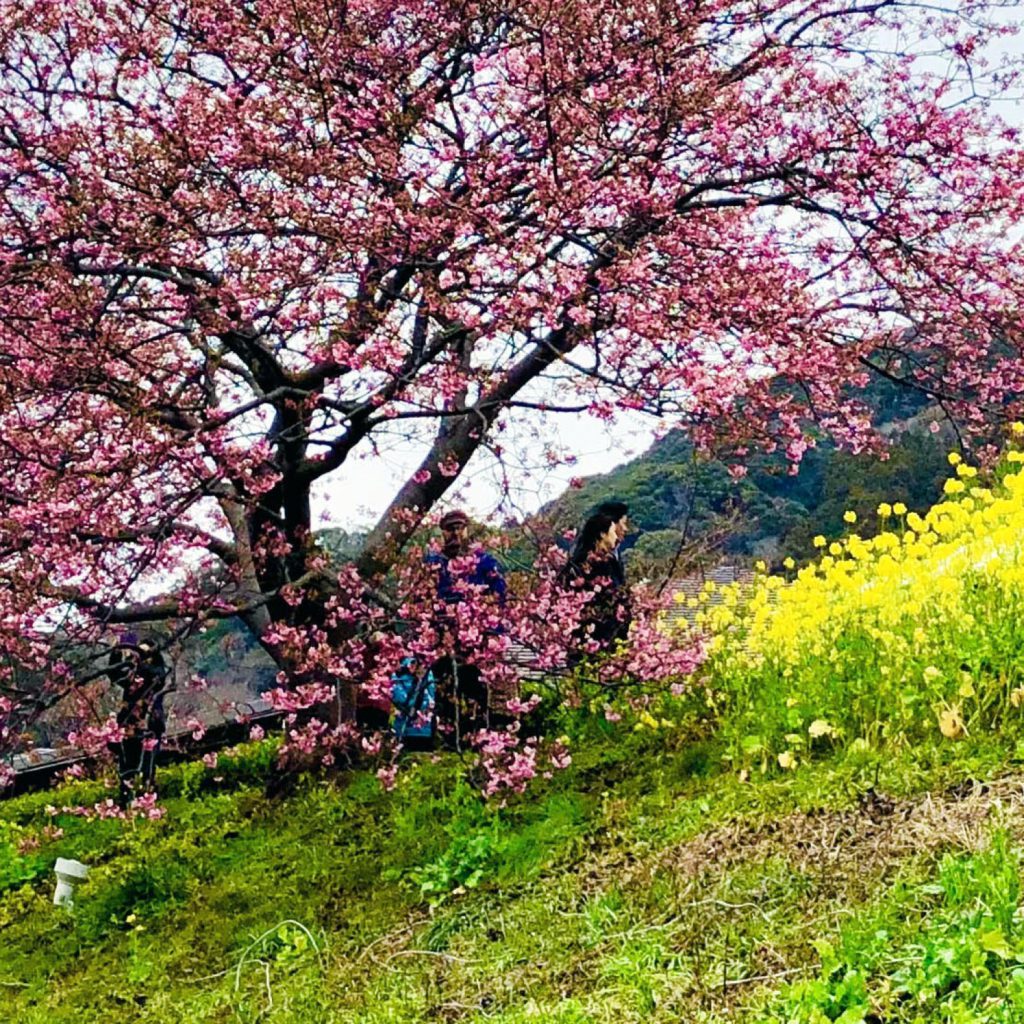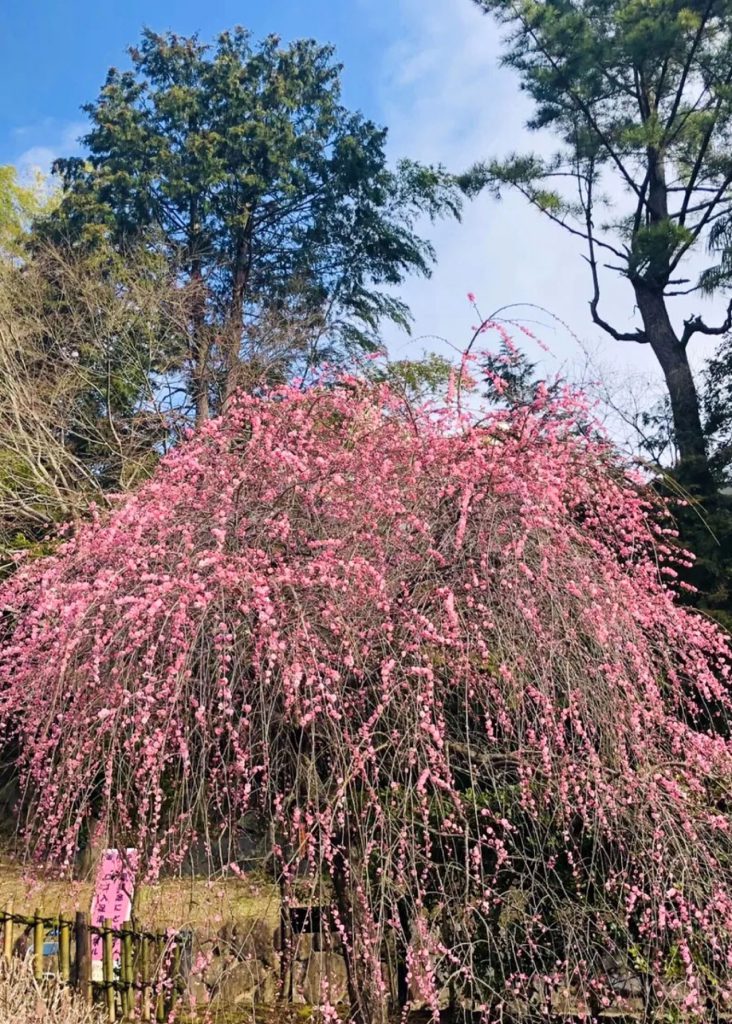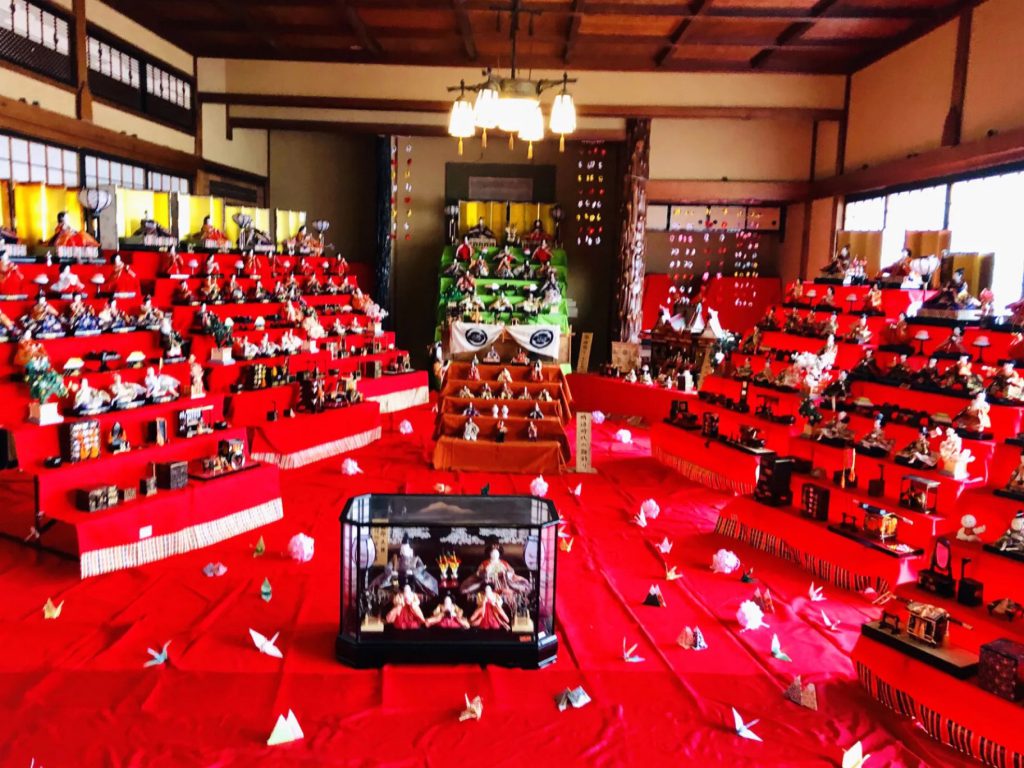
A movement / idea in which one nation or ethnic group invades, controls, or oppresses other nations or ethnic groups politically, economically, or militarily with the aim of expanding their own interests, territories, or powers, and creates a powerful nation; this policy is called imperialism. Historically, it was the dominant idea in the 19th century. In the 21st century, there has been a person of supreme power of the nation, possessed by that idea. This is Putin, President of the Russian Federation. After the Industrial Revolution that took place from the mid-18th century to the 19th century, the 21st century is about to enter a new historic era, the era of the information revolution. Along with an era full of dreams and hopes, there are a lot of problems that must be tackled worldwide, such as the problem of explosive population growth, the energy problem, the problem of global warming, and the problem of industrial waste. In such an era, Putin, a megalomaniac who can only think with 19th century ideas, is nothing more than a troublesome person. It is time for the world to turn to the rescue of Ukraine by erasing Putin early.
♭♭♭ ひな祭り ♭♭♭
一つの国家または民族が自国の利益・領土・勢力の拡大を目指して、政治的・経済的・軍事的に他国や他民族を侵略・支配・抑圧し、強大な国家をつくろうとする運動・思想・政策を帝国主義と言います。歴史的には19世紀に支配的な思想でした。その思想に取り憑かれた男、国家の最高権力者が21世紀にいたのです。ロシア連邦大統領プーチンです。18世紀半ばから19世紀にかけて起こった産業革命を経て、今や21世紀は情報革命の時代という、新たな歴史的時代を迎えようとしています。夢と希望に満ちた時代であると共に、爆発的な人口増加の問題、それに伴う、エネルギー問題、地球温暖化の問題、産業廃棄物の問題等々と、全世界的に取り組まねばならない問題が山積している時代でもあります。こんな時代に、19世紀的発想しかできない事大妄想主義者のプーチンは厄介者以外の何者でもありません。プーチンを早く抹殺し、ウクライナ救援に世界は目を向ける時です。


